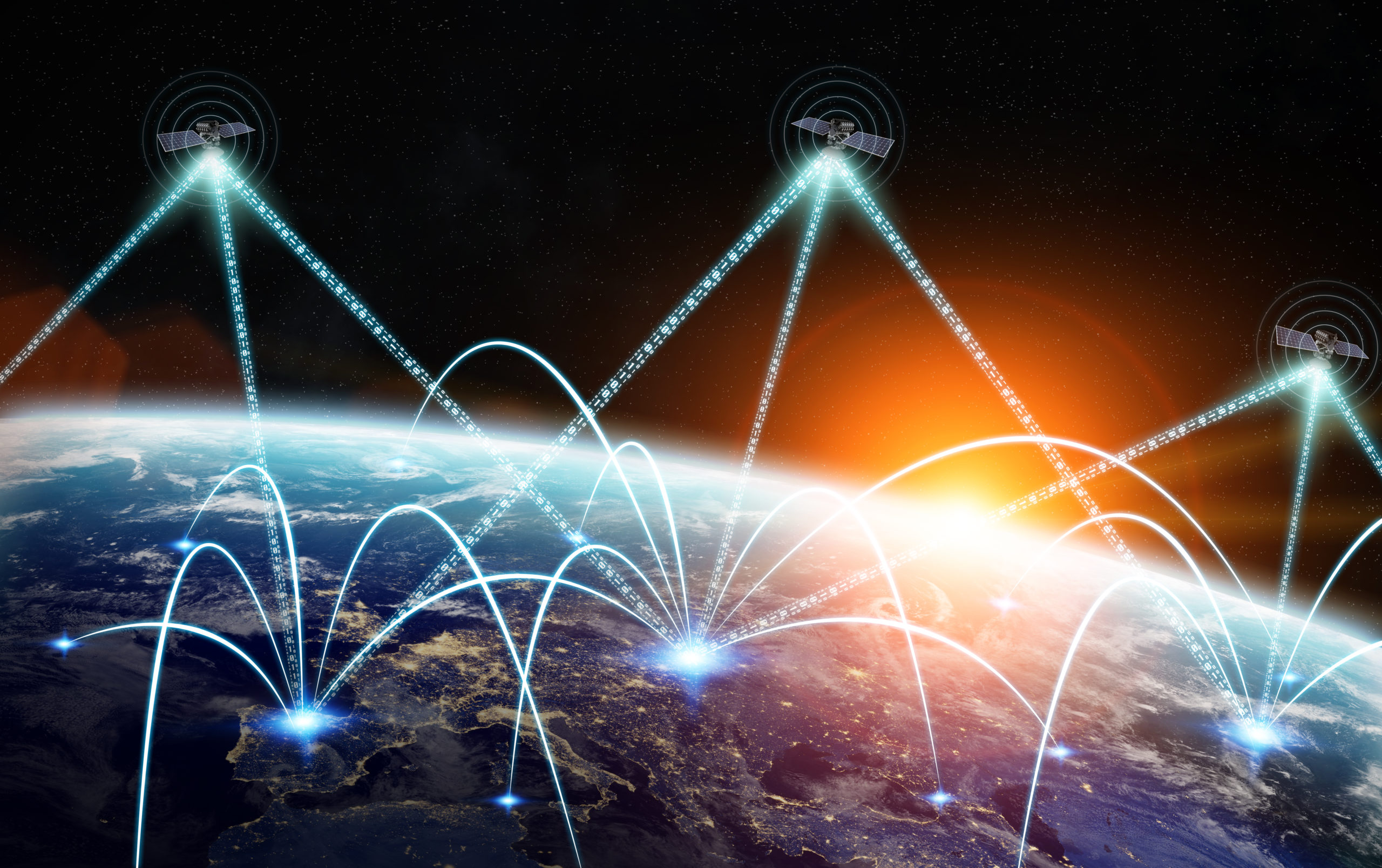Much is discussed about the role non-terrestrial networks will play in 6G, especially when it comes to connecting remote or rural areas. What sometimes lacks in those debates is an answer to the question: How exactly will satellites help advance the next G?
“Something like 60 or 70% of the data you move on the internet today is video,” Jean-Pierre Choffray, VP of Systems Engineering at satellite company SES, said during the recent EuCNC & 6G Summit organised by CEA-Leti in France.
“I watched a discussion [about 6G] and there was this guy saying that, in the future, the growth in data consumption will probably be driven by machines. That is to be seen because, as of today, it is coming from video,” he observed.
This assumption comes naturally to SES, a satellite operator with vast experience delivering content across the globe. The company has a fleet of more than 70 satellites in two orbits, working with linear and on-demand video content.
While the market has seen an explosion in the number of Low Earth Orbit (LEO) spacecraft launched in recent years, Choffray said that other types of satellites will need to work together with terrestrial networks.
“The media distributed will probably not be linear TV – it will be probably more Netflix, or YouTube, for instance,” he said. “Distributing short content is certainly still best done by GEO [geostationary satellite].”
According to the expert, the GEO devices can feed networks with media content at the edge, decreasing the transmission latency. That is already happening with 5G and will continue in 6G. However, we cannot underestimate LEO’s importance to the next generation of mobile connectivity.
Some LEO constellations are expected to directly target phones, cars, and Internet-of-Things devices using 3GPP standards. That is why “satellite components shall be integrated seamlessly with dominant 5G/6G terrestrial networks” to contribute to 6G.
According to data gathered by 6GWorld from the UN Office for Outer Space Affairs, between 1958 and 2012 there have never been more than 78 satellite launches in a single year. In 2021 alone, that stat grew to 1,722.
Speaking the Same Language
Among the key aspects of satellite integration in 5G and 6G networks, Choffray included:
- A Software-Defined Networking approach to seamlessly integrate satellites into terrestrial networks.
- A variable density approach where multicast backhauling of “common high-quality content” will avoid congestion. Multicast means sending data packets to a group of recipients rather than one single user.
- Supporting the use of Multi-access Edge Computing (MEC).
- New satellite system based on the same set of standardized infrastructure technologies as 5G/6G, in space and the user terminals.
Even though researchers are just scratching the surface of broad, non-terrestrial communications, plenty of evolution has already been achieved, which will lead to satellites helping 6G to become a reality.
“Innovation is accelerating for satellites. And we believe that this innovation will only grow,” Choffray said. “We are now ready to adopt cutting-edge technologies. We have to embrace them – in particular, technology developed for 5G and 6G on the ground.”







